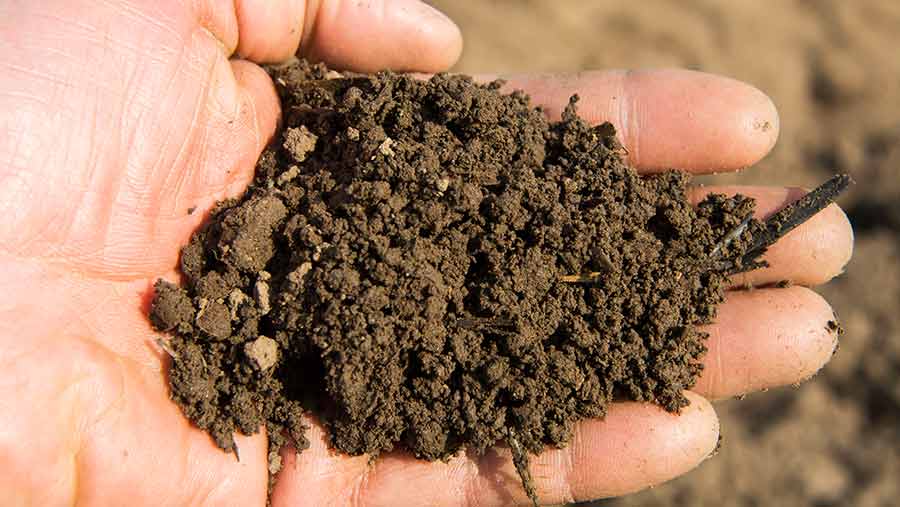Opinion: Data is fine, but you have to ‘feel’ the job
The executive editor of this fine publication led with the theme of “big data” last week. Apparently farmers need to spend more time accumulating and analysing data. The economist Peter Drucker was quoted: “If you can’t measure it, you can’t improve it.”
While I don’t disagree, his words need balance. Drucker, after all, is an economist. A profession that my A-level teacher defined as “someone who knows the price of everything and the value of nothing”.

© Design Pics Inc/REX/Shutterstock
Big data represents all that is good about 21st-century agriculture, but it also masks all that is bad. Of course there is no point in collecting data if you don’t interpret it. But more importantly, you need to know why you are collecting the data.
For those who didn’t read last week’s articles, there were excellent case studies about farmers using drones to identify areas of weed infestation, telematics for remote diagnostics and adoption of real-time performance monitoring in beef and sheep enterprises.
 Ian PIgott farms 700ha in Hertfordshire. Ian is also the founder of Open Farm Sunday
Ian PIgott farms 700ha in Hertfordshire. Ian is also the founder of Open Farm SundayOn the face of it, each case study makes perfect sense.
If, for example, by using drones you can identify the specific areas of a field where your weeds are, why apply sprays over the whole?
But weeds – particularly blackgrass – is a symptom of an underlying problem.
Relying on data capture assumes farming should be driven by the disciplines of statistics and economics – and disregards the complex symbiosis between soil, plant, climate and human influence.
I don’t suppose Farmers Weekly often uses analogies with baseball, but parallels with the Oakland Athletics baseball team seems appropriate.
For those who haven’t read Michael Lewis’ book Moneyball: The Art of Winning an Unfair Game (or seen the film by the same name), it focuses on the Oakland Athletics baseball team.
The manager, Billy Beane, adopted a completely new analytical, evidence-based, sabermetric approach to assembling his team. Beane took this previously low-revenue, uncompetitive team to the play-offs in 2002 and 2003.
His methods of data analysis were so successful they have since been implemented across other sports including cricket, rugby, ice hockey and soccer.
However, 10 years on, Beane’s Moneyball selection methods have begun to unfold. Why? Firstly, because they are more widely used and have lost their competitiveness, but moreover because the statistics analysed the individual.
It took no account of the effect of team spirit and the human element that could factorise such statistics.
There is no better example than Leicester City winning last season’s premiership. Eleven “ordinary” footballers assembled, gelled and played as a team to outperform the galacticos from Manchester City and United.
See also: There’ll be no beef to grade if we carry on like this
The same is true of farming decisions. We must know the hard numbers, but never lose the soft feel of farming.
The past 10 years have seen more technological advancement than the previous 25. I have always tried to keep up with the pace of it. GPS guidance, variable-rate seeding and nutrition are all in use. New technology and data capture has provided me with excellent opportunities to invest large sums of money to save money.
Without doubt, the best piece of technology we have invested in during the past five years is a new short-handled shovel for everyone on the farm. We never walk without it.
Decisions are not only made on what can be seen or measured on the surface, but also by digging below the ground to find the underlying cause.
We may not be measuring in a way that Drucker imagined. Then again, economic forecasters assume everything, except responsibility.
